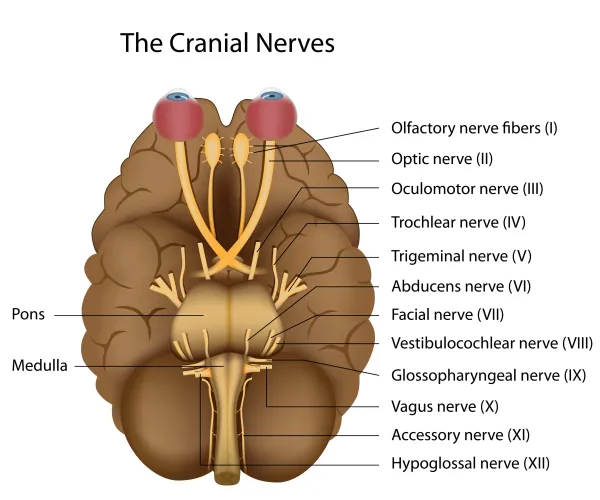Neurosurgery Coding Alert
NCCI Edits:
Familiarize Yourself with NCCI Sequential Procedures Policy
Published on Mon Nov 20, 2017

You’ve reached your limit of free articles. Already a subscriber? Log in.
Not a subscriber? Subscribe today to continue reading this article. Plus, you’ll get:
- Simple explanations of current healthcare regulations and payer programs
- Real-world reporting scenarios solved by our expert coders
- Industry news, such as MAC and RAC activities, the OIG Work Plan, and CERT reports
- Instant access to every article ever published in Revenue Cycle Insider
- 6 annual AAPC-approved CEUs
- The latest updates for CPT®, ICD-10-CM, HCPCS Level II, NCCI edits, modifiers, compliance, technology, practice management, and more
Related Articles
Other Articles in this issue of
Neurosurgery Coding Alert
- NCCI Edits:
Familiarize Yourself with NCCI Sequential Procedures Policy
Rely on operative report and diagnoses to determine coding process. Those with a firm grasp [...] - ICD-10 Coding:
I.D. Appropriate ICD-10 Guidelines for these Scenarios
Fall back on your coding manual's guidelines when the going gets tough. No coder is [...] - CPT® Coding:
Simply the Myelography Coding Process with these Tips
Know these keys to deciphering myelography dictation reports. If your neurosurgery practice handles myelography procedures, [...] - You Be the Coder:
Billing Related E/M within 90-Day Global
Question: A patient presents for an evaluation and management (E/M) visit two weeks following a [...] - Reader Question:
Coding Hematomas with No Known Trauma
Question: How do I code a hematoma of the gluteus medius? Florida Subscriber Answer: Definitively [...] - Reader Question:
Include Appropriate Documentation, Justification with Modifier 22
Question: We submitted a claim with modifier 22 because the surgeon spent an extra 50 [...]
View All




